Italy and the rest of Europe were embroiled in a revolutionary wave of political upheavals in 1848. Chief among the rebels’ demands was for the King to finally recognize a constitution. Between 1846 and 1847 Italy’s liberal political climate led to growing disatisfaction with sovereign rule. Consequently, the states began demanding more rights. While the French revoloution involved a social clash between the aristocracy and the bourgeoisie, the Italian middle class was still too weak to oppose the aristocracy. In addition, the independence of the country and its unity were the primary objectives: the Italian territory was, in fact, divided into seven states, some of which were controlled by foreign powers. In the kingdom of the Two Sicilies, ruler Ferdinand II strongly opposed the demans of the liberals.This hard-line conservative climate led to the first uprising, which took place in Palermo on January 12, 1848. The revolt spread across the island and, in that same year, the king was forced to grant the constitution. As a result of the widespread unrest in the Italian territoris, King Charles Albert of Savoy in Piedmont, Pius IX in Rome and Tuscany Leopold II all decided to grant the states constitutional status as well. The insurgency proved most significant in the kingdom of Lombardy-Venetia.
A major uprising took place in Venice on March 17th. At the time, Austria occupied the region. Within a week they were forced to flee and Venice was declared a Republic. It was Milan’s turn to rebel on March 18th. Austrian troops were removed from power in only five days. In central Italy, rebellions against the duchies of Modena and Parma forced those rulers to flee as well.
The exponents of the liberal Lombard bourgeoisie turn to Carlo Alberto convinced that Austria will be ultimately defeated only with the intervention of a regular army. Bowing to pressure, King Charles Albert declared war against Austria on March 23, 1848, igniting the First War of Independence. This revolt, however, was doomed to failure because of the rush to regain territory occupied by the Austrians. Meanwhile, other Italian cities who had risen up against the monarchy found themselves unable to drive them away for very long and the sovereigns soonregained their power. The failure of the effort against Austria marks the failure of the riots. However, the riots of 1848 represent one of the first milestones in the name of independence and national unity.
A major uprising took place in Venice on March 17th. At the time, Austria occupied the region. Within a week they were forced to flee and Venice was declared a Republic. It was Milan’s turn to rebel on March 18th. Austrian troops were removed from power in only five days. In central Italy, rebellions against the duchies of Modena and Parma forced those rulers to flee as well.
The exponents of the liberal Lombard bourgeoisie turn to Carlo Alberto convinced that Austria will be ultimately defeated only with the intervention of a regular army. Bowing to pressure, King Charles Albert declared war against Austria on March 23, 1848, igniting the First War of Independence. This revolt, however, was doomed to failure because of the rush to regain territory occupied by the Austrians. Meanwhile, other Italian cities who had risen up against the monarchy found themselves unable to drive them away for very long and the sovereigns soonregained their power. The failure of the effort against Austria marks the failure of the riots. However, the riots of 1848 represent one of the first milestones in the name of independence and national unity.
RELATED


THE OUTBREAK OF WORLD WAR I


GREAT SCHISM, THE
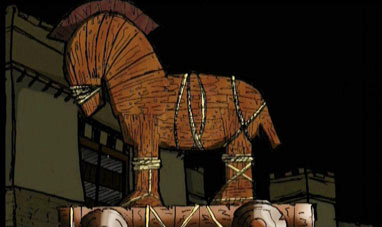

THE TROJAN WAR


THE ARGENTINE DICTATORSHIP, 1976-1983


THE ADVENT OF NAZISM


WORLD WAR II


PERESTROIKA


SEPTEMBER 11, 2001


1968
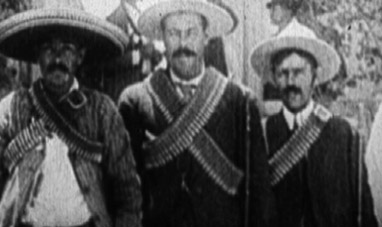

THE MEXICAN REVOLUTION


THE SUEZ CRISIS
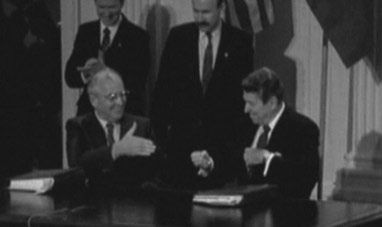

THE COLD WAR


THE RUSSIAN CAMPAIGN


THE DREYFUS AFFAIR


THE BALKAN WARS OF THE 1990S
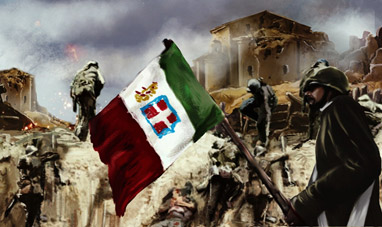

ITALIAN IRREDENTISM
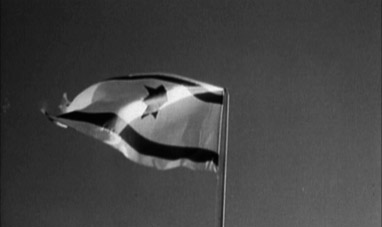

THE BIRTH OF ISRAEL
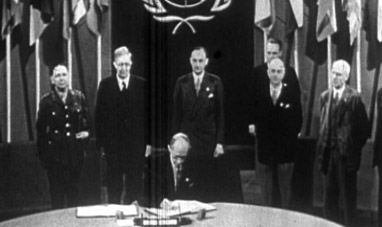

THE BIRTH OF THE UNITED NATIONS
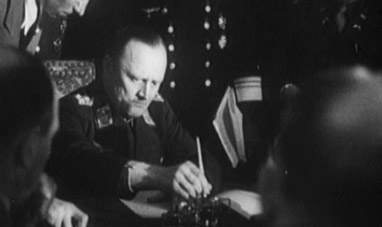

YALTA AND POTSDAM: NEW WORLD ORDER
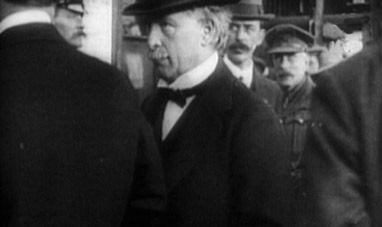

TREATY OF VERSAILLES


APARTHEID


THE WALL STREET CRASH OF 1929


SECOND ITALIAN WAR OF INDEPENDENCE


EARLY CHINESE DYNASTIES


THE SPANISH CIVIL WAR


THE HUNGARIAN REVOLUTION OF 1956
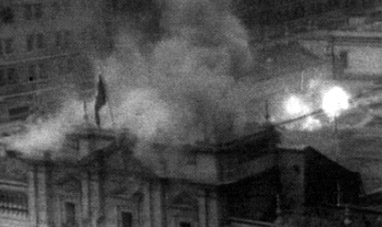

THE 1973 CHILEAN COUP


THE FIRST MOON LANDING
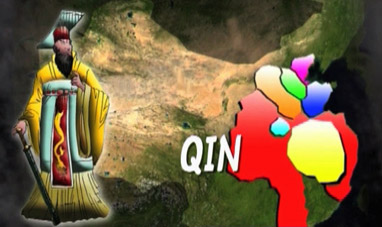

THE FIRST CHINESE EMPEROR AND THE QIN DYNASTY


THE KINGS OF ROME


THE GREEK MILITARY COUP


THE SECOND INTIFADA
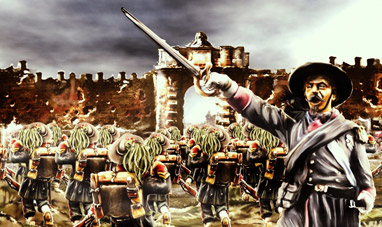

CAPTURE OF ROME


THE SOVIET INVASION OF AFGHANISTAN


TANGENTOPOLI
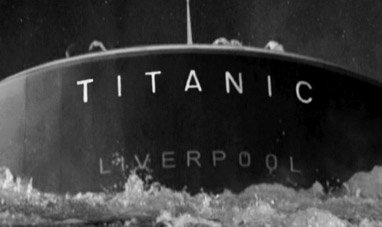

THE SINKING OF THE TITANIC
